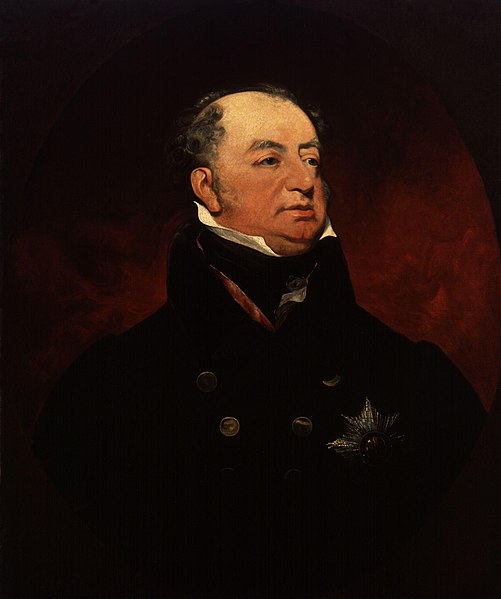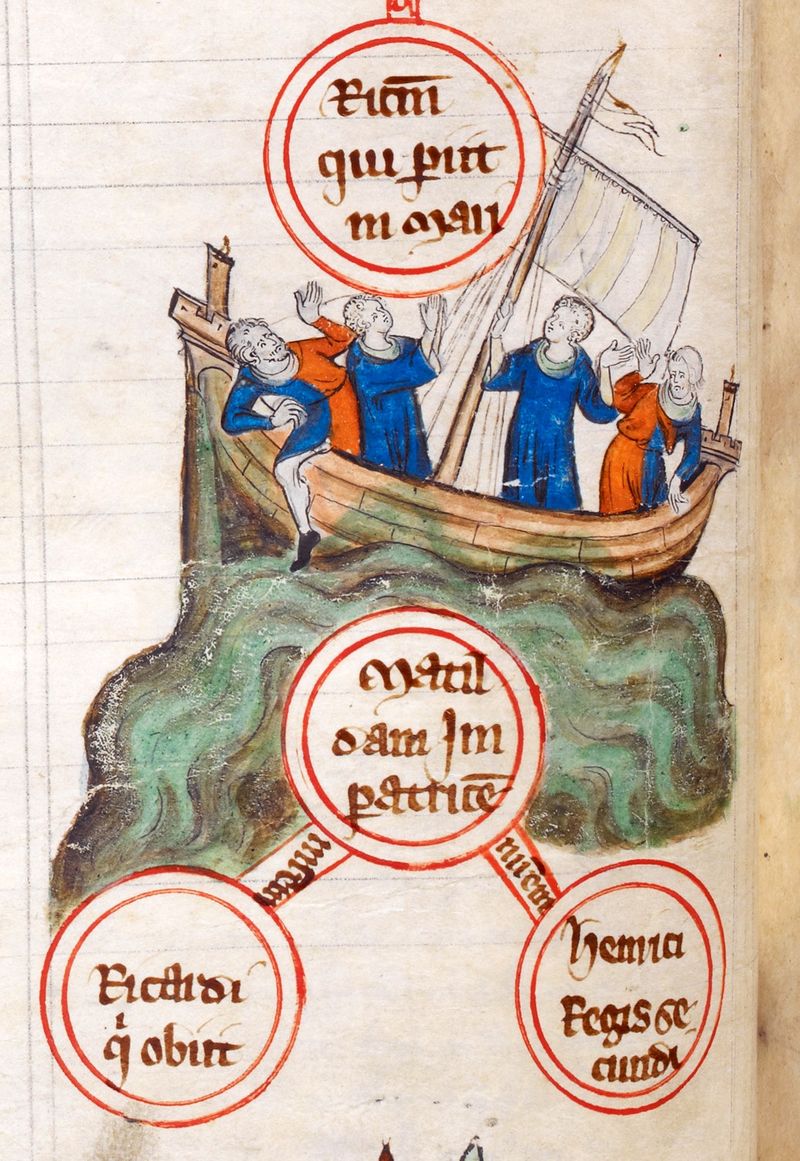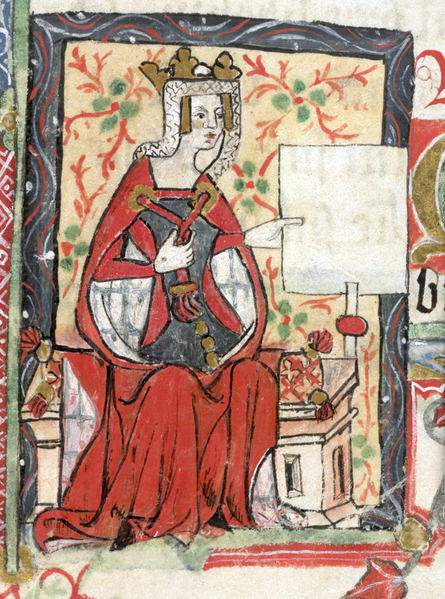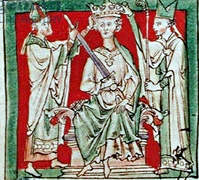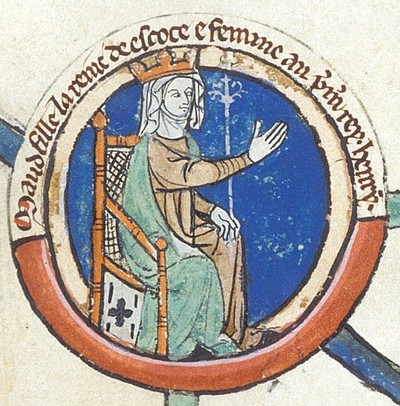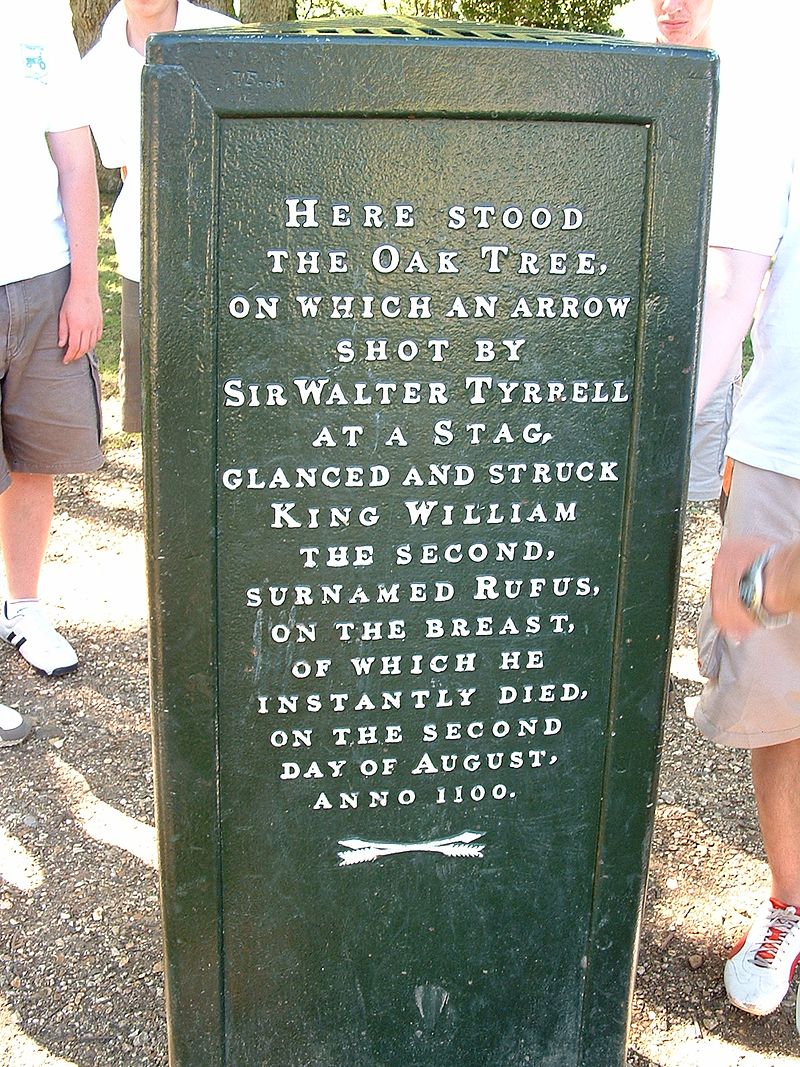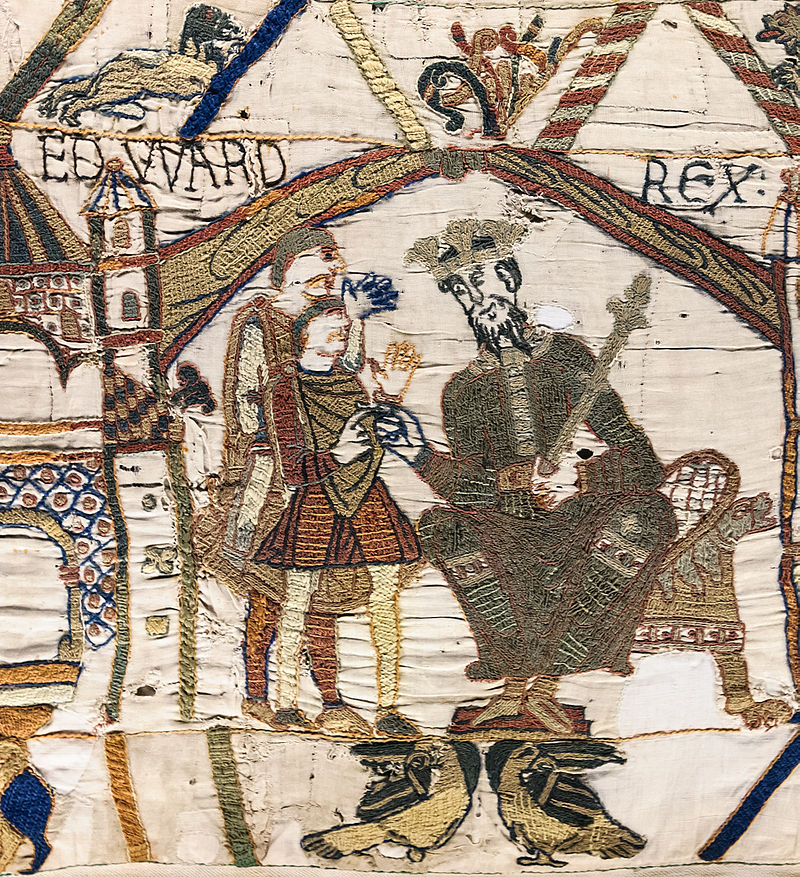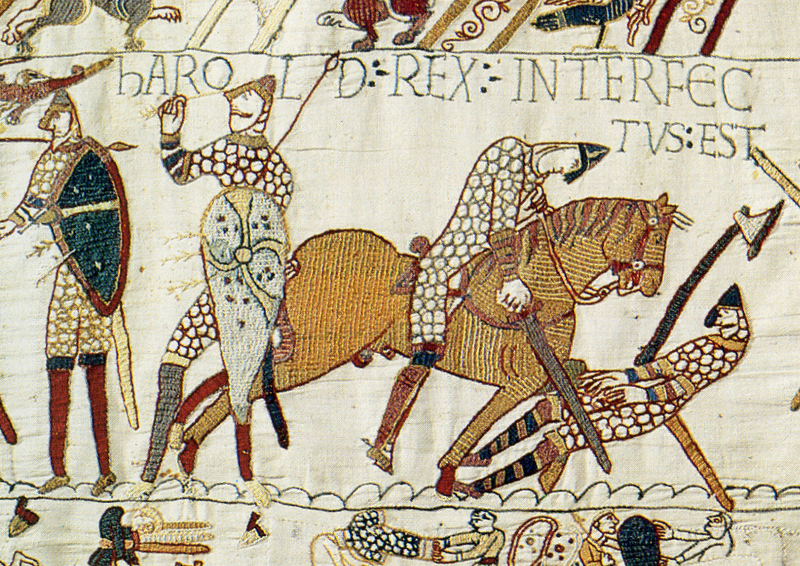by Susan Flantzer © Unofficial Royalty 2016

Princess Augusta Sophia of the United Kingdom; Credit – Wikipedia
Princess Augusta Sophia was the second of the six daughters and the sixth of the fifteen children of King George III of the United Kingdom and Charlotte of Mecklenburg-Strelitz. She was born at the Queen’s House (now Buckingham Palace) in London, England on November 8, 1768. A month later, on December 6, 1768, the infant princess was christened by Frederick Cornwallis, Archbishop of Canterbury in the Great Council Room at St. James’ Palace. Her godparents were:
- Prince Karl of Mecklenburg-Strelitz (her maternal uncle, later Karl II, Grand Duke of Mecklenburg-Strelitz)
- Queen Caroline Matilda of Denmark (her paternal aunt)
- Augusta, Hereditary Princess of Brunswick-Wolfenbüttel (her paternal aunt, later Duchess of Brunswick-Wolfenbüttel)
Princess Augusta had fourteen siblings:
- King George IV (1762 – 1830), married Caroline of Brunswick-Wolfenbüttel, had issue: Princess Charlotte of Wales who died in childbirth as did her child
- Prince Frederick, Duke of York (1763 – 1827), married Frederica of Prussia, no issue
- King William IV (1765 – 1837), married Adelaide of Saxe-Meiningen, no surviving legitimate issue, has illegitimate descendants
- Charlotte, Princess Royal, Queen of Württemberg (1766 – 1828), married King Friedrich I of Württemberg, no issue
- Prince Edward, Duke of Kent (1767 – 1820), married Victoria of Saxe-Coburg-Saalfeld, had issue: Queen Victoria, present British Royal Family are his descendants
- Princess Elizabeth (1770 – 1840), married Friedrich, Landgrave of Hesse-Homburg, no issue
- King Ernest Augustus I of Hanover, Duke of Cumberland (1771 – 1851), married Friederike of Mecklenburg-Strelitz; had issue
- Prince Augustus Frederick, Duke of Sussex (1773 – 1843), married twice, both in contravention of the Royal Marriages Act of 1772 1) Lady Augusta Murray, had issue, marriage annulled 2) Lady Cecilia Buggin (later 1st Duchess of Inverness), no issue
- Prince Adolphus, Duke of Cambridge (1774 – 1850), married Augusta of Hesse-Kassel, had issue, present British Royal Family are his descendants through his granddaughter Mary of Teck who married King George V of the United Kingdom
- Princess Mary (1776 – 1857), married Prince William Frederick, Duke of Gloucester, no issue
- Princess Sophia (1777 – 1848), never married, possible illegitimate issue
- Prince Octavius (1779 – 1783), died in childhood
- Prince Alfred (1780 – 1782), died in childhood
- Princess Amelia (1783 – 1810), never married, no issue

Queen Charlotte painted by Benjamin West in 1779 with her thirteen eldest children; Credit – http://www.royalcollection.org.uk
Augusta and her sisters were raised by their governess Lady Charlotte Finch who served the Royal Family for over 30 years. Lady Charlotte supervised the royal nursery and was responsible for the princes’ education until they lived in their own households. She was responsible for the princesses until they turned 21. Augusta and her sisters studied geography, German, English, grammar, music, needlework, dancing, and art. They were taught French by a tutor, Julie Krohme. The princesses had art lessons from famous artists Thomas Gainsborough and Benjamin West. Augusta was considered the most attractive of her sisters, however, she was quite shy.

The Three Eldest Princesses, Charlotte, Princess Royal, Augusta and Elizabeth by Thomas Gainsborough 1784; Credit – Wikipedia
Augusta’s childhood was very sheltered and she spent most of her time with her parents and sisters. The living conditions of King George’s daughters came to be known as “the Nunnery.” None of the daughters was allowed to marry at the age when most princesses would marry. Perhaps this over-protection of King George III’s daughters was due to what happened to his sister Caroline Matilda when she married King Christian VII of Denmark. Christian’s mental illness led to Caroline Matilda having an affair, being caught, the execution of her lover, her exile, and her early death from scarlet fever at age 23. The story was told in several novels including Per Olov Enquist’s The Visit of the Royal Physician (1999) and in the Danish film A Royal Affair (2012). Stella Tillyard also covers Caroline Matilda’s affair in her nonfiction book A Royal Affair: George III and His Scandalous Siblings (2006). Despite what happened to their aunt, the sisters longed to escape from “the Nunnery.”

Augusta’s unfortunate aunt Caroline Matilda; Credit – Wikipedia
Before King George’s first bout with what could have been porphyria in 1788, he had told his daughters that he would take them to Hanover to find husbands. Further bouts occurred in 1801 and 1804 and prevented the discussion of marriage for his daughters. Queen Charlotte feared that the subject of marriage, which always bothered her husband, would push him back into insanity. She was stressed by her husband’s illness and wanted her daughters to remain close to her. The sisters – Charlotte, Augusta, Elizabeth, Mary, Sophia, and Amelia – continued to be over-protected and isolated, restricting them from meeting eligible suitors of their own age.
Starved for male companionship, Sophia got pregnant by her father’s 56-year-old equerry and secretly gave birth to a boy who was placed in a foster home. Amelia had an affair with another equerry. Three of the six daughters would eventually marry, all later than was the norm for the time. Charlotte, Princess Royal married the future King of Württemberg, Friedrich I, at the age of 31, and had one stillborn daughter. Mary married her cousin Prince William Frederick, Duke of Gloucester at the age of 40 and had no children. Elizabeth was the last of the daughters to finally escape from “the Nunnery” when she married the future Landgrave Friedrich of Hesse-Homburg at the age of 48.

Augusta at age 13, portrait by Thomas Gainsborough; Credit – Wikipedia
Being the second daughter, Augusta could not marry until her elder sister Charlotte married. Although Charlotte married at the age of 31, Augusta never did marry. There seemed to be a possibility that a marriage could be arranged with her first cousin, the future King Frederick VI of Denmark. However, King George III rejected any possible marriage alliances with Denmark because of the fate of his sister Caroline Matilda. In 1797, Augusta received a proposal from Prince Frederick Adolf of Sweden, a proposal given without the approval of the King of Sweden. Around 1799, Augusta became enamored with Major General Sir Brent Spencer. She even wrote a letter to her brother George after he had become Prince Regent begging for his permission for a secret marriage. There was court gossip that Augusta and Spencer had secretly married, but nothing definite could be confirmed. Apparently, Augusta and Spencer had a long relationship.

Princess Augusta by William Beechey, 1802; Credit – Wikipedia
Princess Augusta became her mother’s companion. Queen Charlotte kept Augusta at her side, isolating her from society, and turning her into a kind of chaperone. This continued until the Queen’s death, ten days after Augusta’s 50th birthday. After the death of her father King George III, Augusta lived at Frogmore House near Windsor Castle and an apartment at the Queen’s House (now Buckingham Palace) in London. The new king, King George IV, made it clear that his brothers and sisters would only be welcome at Windsor Castle when he had invited them to be his guests.
In 1837, Augusta’s niece Victoria became Queen upon the death of her brother King William IV. All of Victoria’s aunts considered their duty to Victoria to be sacred. She was the child of their brother Edward and now their sovereign. Victoria invited her aunts to dine with her at Buckingham Palace and spent time with her aunts although she was busy with her new position. King William IV’s widow Queen Adelaide moved out of Clarence House and Augusta moved in. It was to be her London home for the rest of her life. Augusta attended Queen Victoria’s coronation in 1838 and her wedding in 1840.

Princess Augusta Sophia, signed, dated and fully inscribed on the counter-enamel ‘H.R H. The late Princess Augusta London Oct. 1840. Painted by Command of Her Majesty by Henry Pierce Bone Enamel Painter to Her Majesty & H. R H. Prince Albert
Following Queen Victoria’s wedding in 1840, Augusta’s health deteriorated. On July 2, 1840, a Windsor newspaper reported “the serious and alarming illness of the Princess Augusta.” Three days later, Queen Victoria ordered the gates of Green Park, which borders Clarence House, closed so that traffic would not bother Princess Augusta. With her sister-in-law Queen Adelaide, her surviving sisters Mary and Sophia, and her brother Adolphus at her bedside, Princess Augusta died at the age of 71 on September 22, 1840, at Clarence House in London. Her remains lay in state at Frogmore House and then were taken to St. George’s Chapel, Windsor Castle where they were buried in the Royal Vault on October 2, 1840.
This article is the intellectual property of Unofficial Royalty and is NOT TO BE COPIED, EDITED, OR POSTED IN ANY FORM ON ANOTHER WEBSITE under any circumstances. It is permissible to use a link that directs to Unofficial Royalty.
Recommended books that deal with Princess Augusta Sophia of the United Kingdom
George III’s Children by John Van Der Kiste (1992)
The Georgian Princesses by John Van Der Kiste (2000)
Princesses: The Six Daughters of George III by Flora Fraser (2004)















